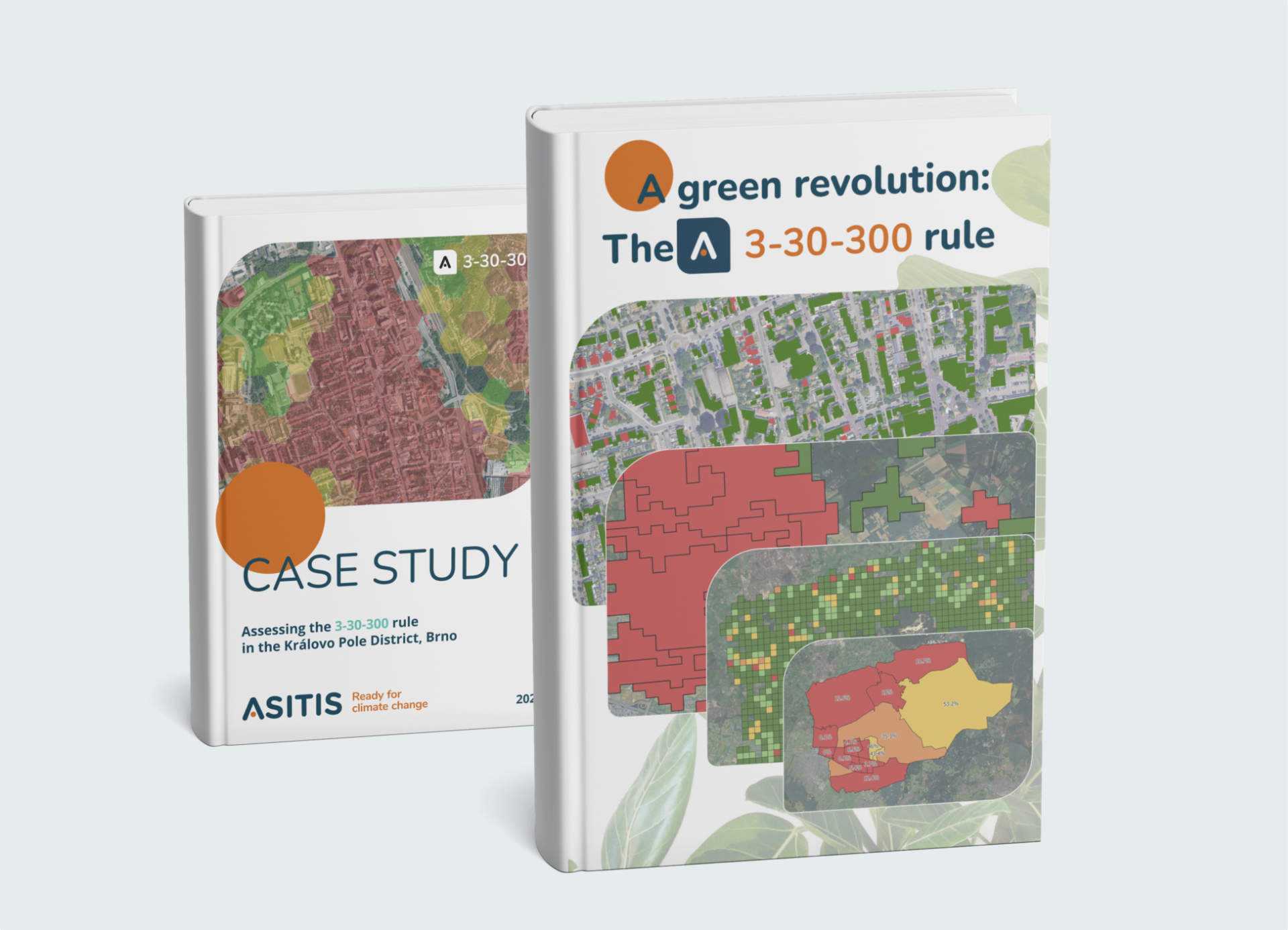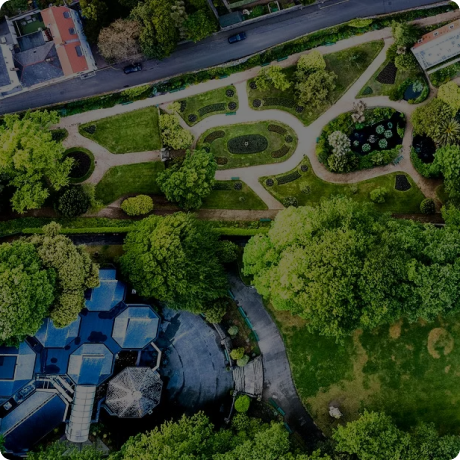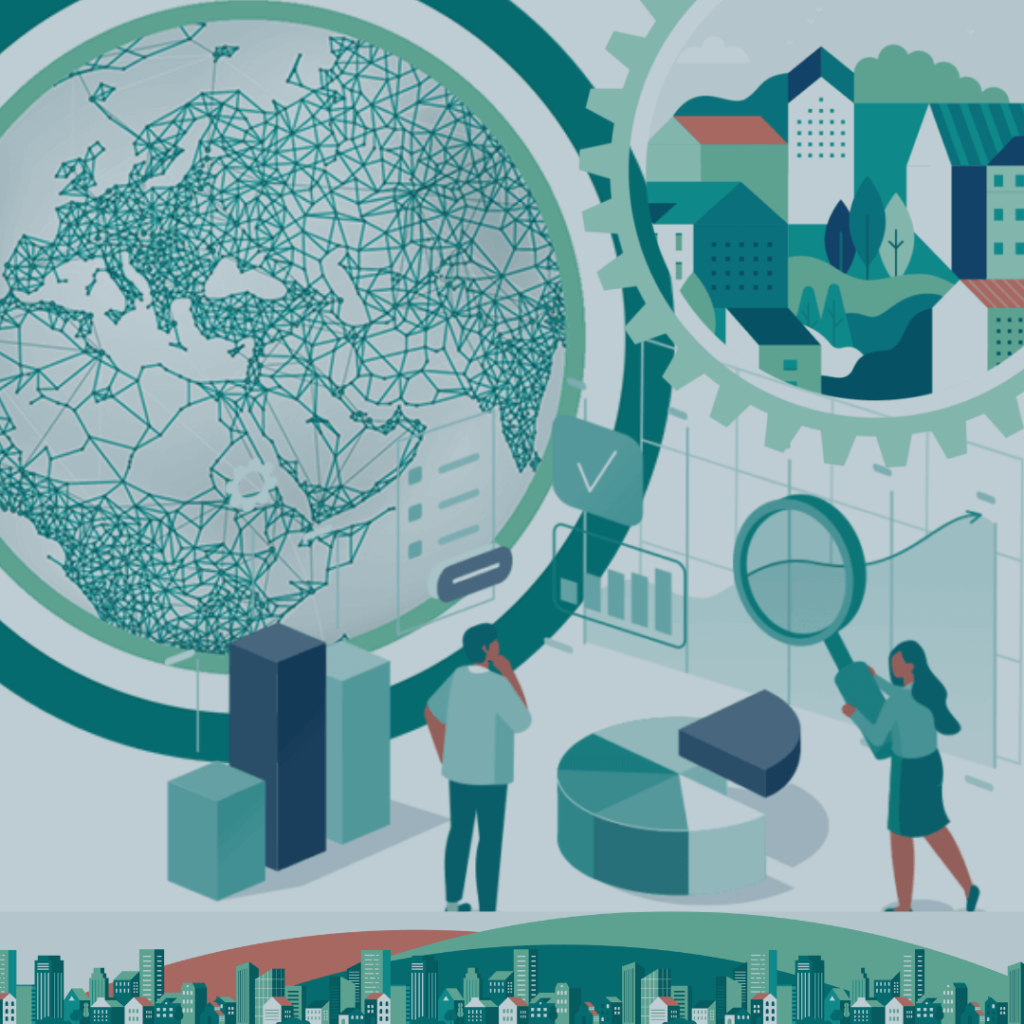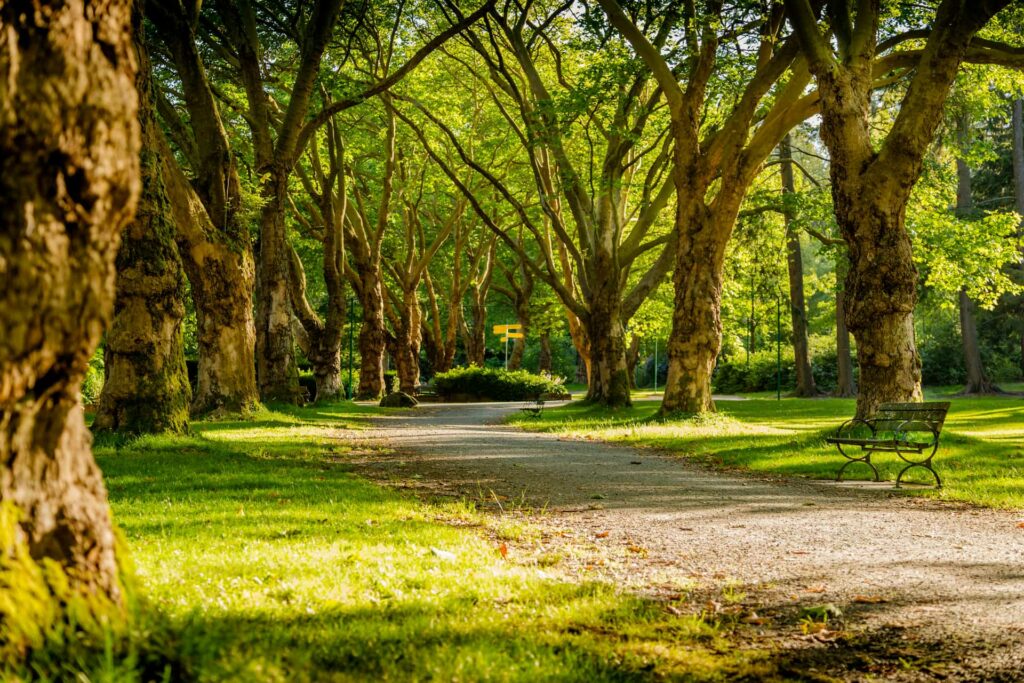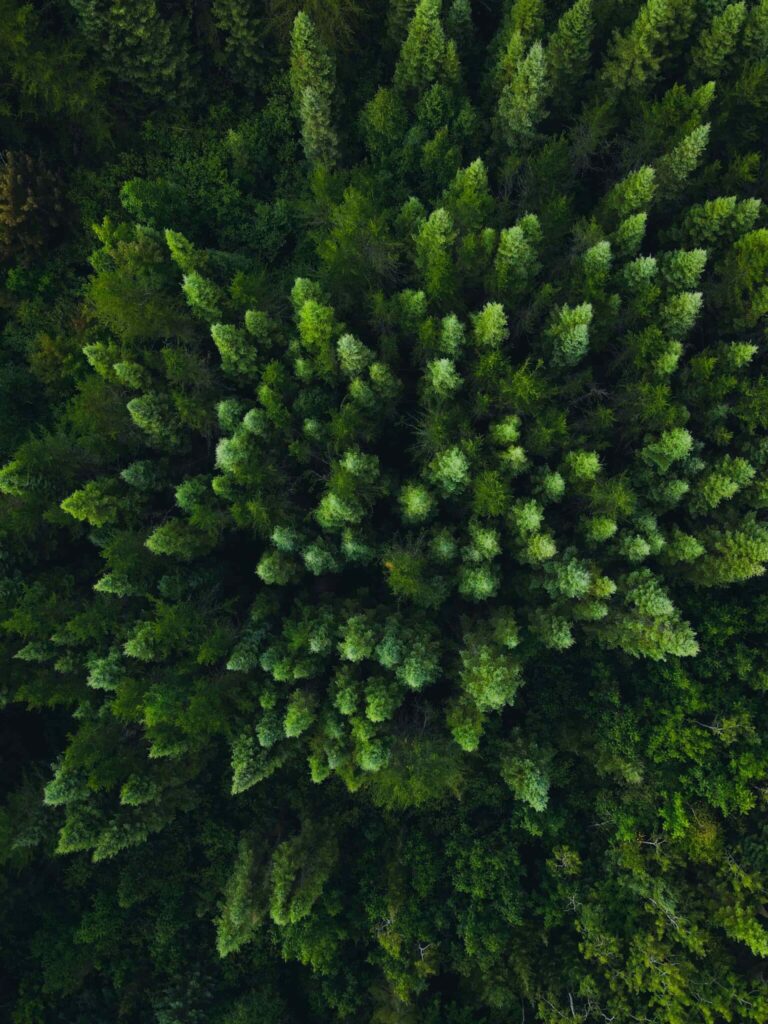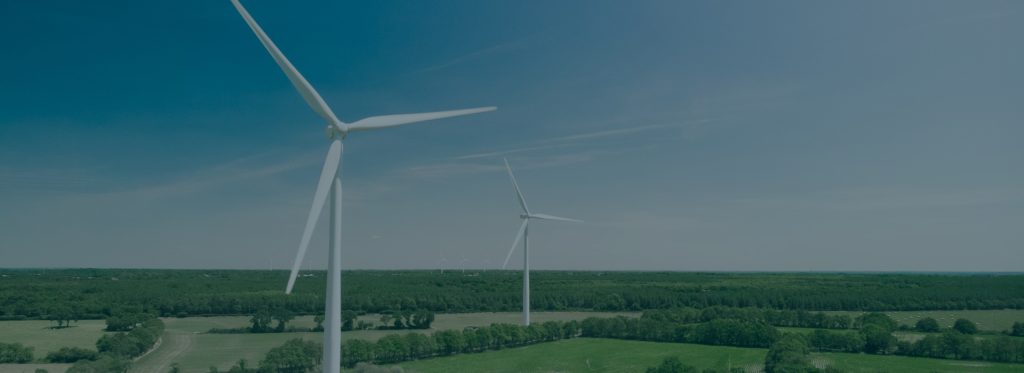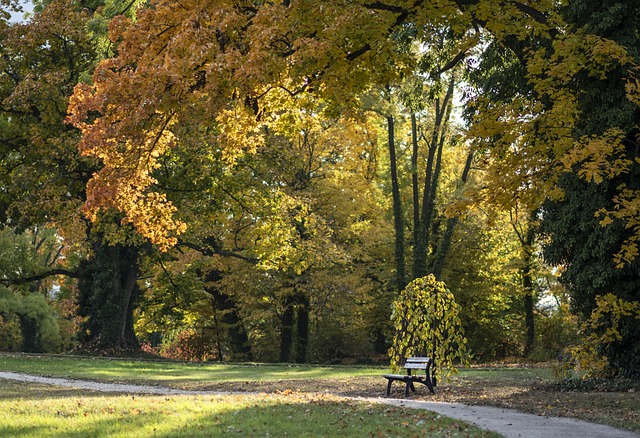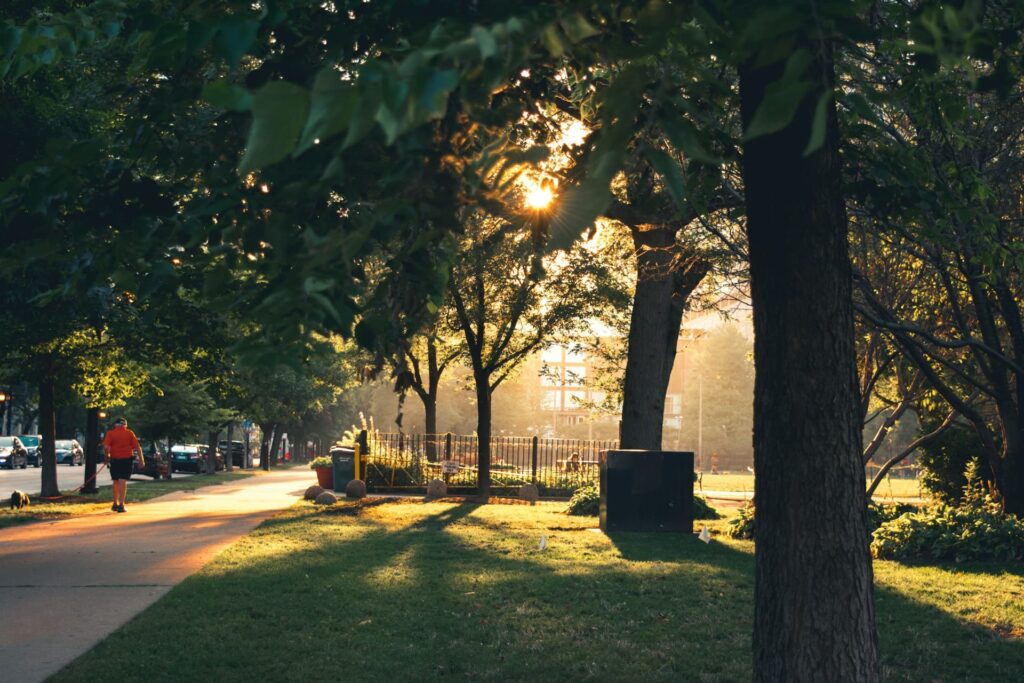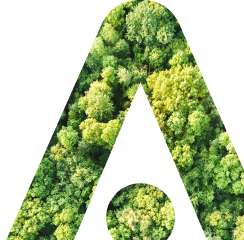As climate change concerns grow, the concept of “ecosystem services” is gaining increased attention. These refer to the natural functions that healthy trees perform effortlessly, requiring no external intervention or additional support. Humans are naturally evolutionarily and genetically adapted for direct contact with nature and greenery. However, with the progressing trend of urbanization, most people’s contact with nature is becoming limited, and in some cases, it disappears completely. The consequence is not only lower quality of life but also a whole range of health complications including lifestyle diseases and psychological problems. Rather than treating these consequences, it is more effective to bring greenery and nature back to people living in cities.
![[Diagram showing ecosystem services of trees including carbon sequestration, cooling effect, wildlife habitat, water retention, wind barrier, air purification, aesthetic and relaxation functions, shading and other benefits for climate and quality of life in cities.]](https://asitisready.com/wp-content/uploads/sites/2/2025/07/Ekosystemove-sluzby-stromu-eng.jpg)
Do you know the 3+30+300 rule?
Ecosystem services include:
Cooling effect:
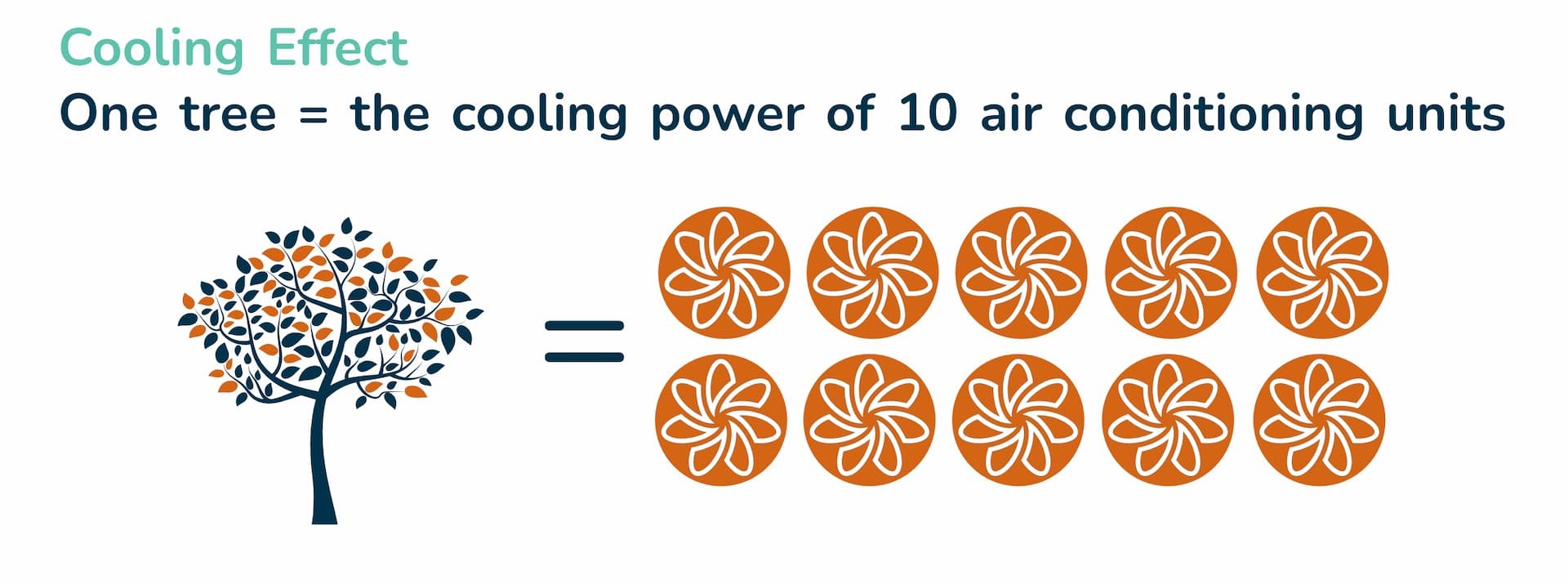
Carbon sequestration:
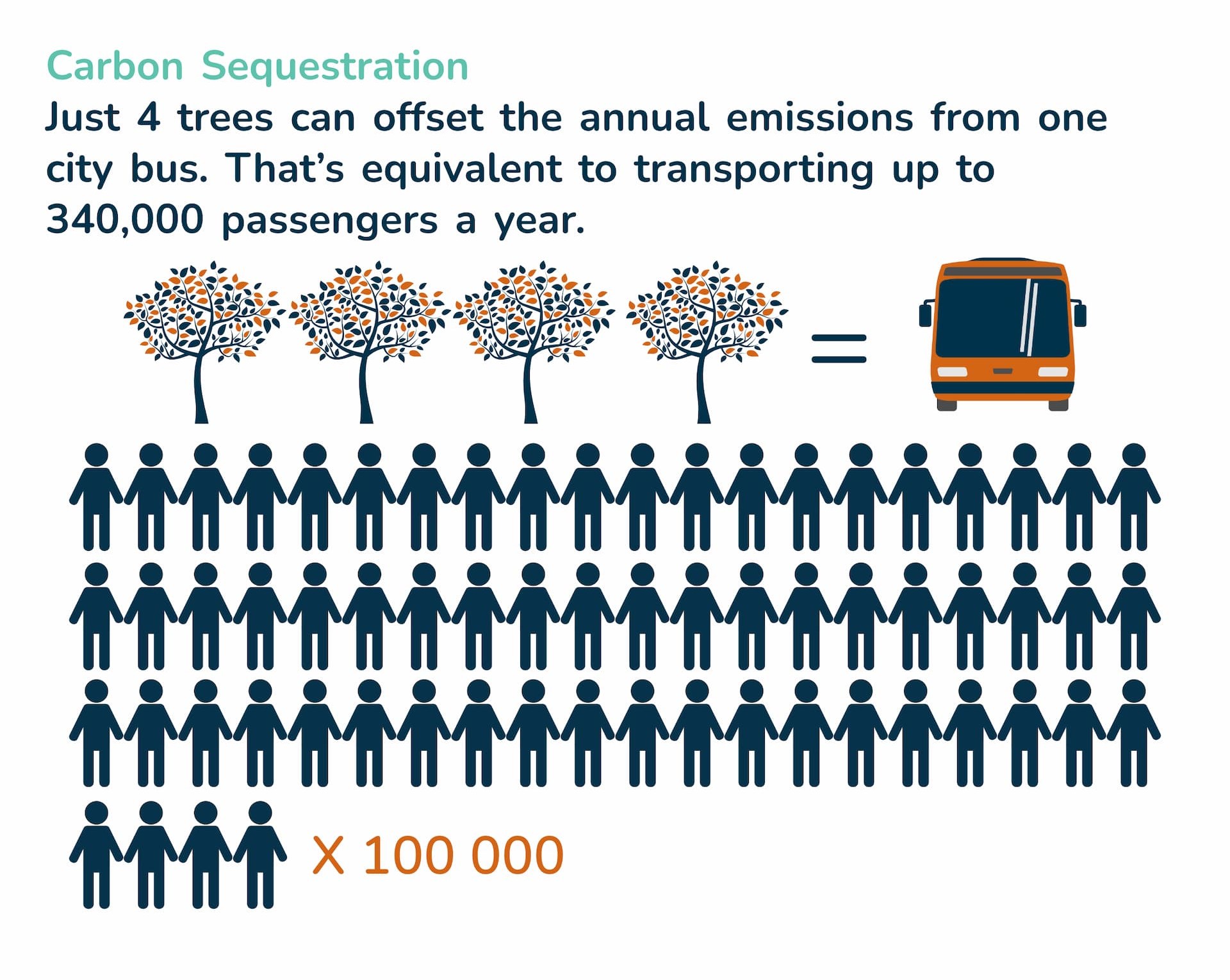
Other functions:
- Recreational and aesthetic function: According to the latest surveys, greenery near home, work, or school contributes in many ways to residents’ health and satisfaction. Proximity to greenery supports mental health, physical activity, and reduces the risks of cardiovascular diseases.
- Air purification: This is an invaluable function of greenery, especially in industrial or drier areas where there is a higher occurrence of polluting particles in the air. Greenery can capture and decompose pollution, thereby reducing the risk of lung diseases in residents. However, this has another side of the coin – air pollution is stress for greenery itself. It is therefore advisable to try to prevent pollution in the first place.
- Shading: Greenery provides shade “actively” unlike non-living roofs and surfaces. The main difference is that it reflects a large part of the solar radiation spectrum using cellular structures, while artificial surfaces absorb this radiation and thereby heat up. Shade under trees is therefore cooler than under a roof, because a heated roof radiates radiant heat, which we perceive through our body surface much more intensely than the air temperature itself.
- Water retention: A surface covered with greenery has a higher absorption capacity. During heavy rains, it therefore protects its surroundings from sewage overflow or flash floods. Additionally, this stored water helps sustain the health of vegetation and enables it to continue providing its ecosystem services.
- Noise barrier: Vegetation has a very complex surface and can thereby effectively break up sound waves. Among other functions, it therefore acts as a noise barrier, but only during periods when it is leafed. When planning new plantings for noise mitigation purposes, it is advisable to consider evergreen species instead.
- Wind barrier: This is very useful especially in colder places, for example in Nordic coastal areas.
- Wildlife habitat: Vegetation is part of our natural environment and forms an important component of biodiversity. This reflects the vitality and good functionality of the entire ecosystem. Numerous plant and animal species exist in symbiotic relationships, creating mutual dependencies.
For trees to be able to fulfil their functions, they must have a suitable environment and appropriate conditions. However, in cities, a whole range of non-native species exist side by side, and the environment is highly stressful for all greenery. With modern technologies, we can appropriately target measures to improve conditions for tree growth and effectively monitor the state of greenery. We can also support planning new greenery plantings with regard to changing climatic conditions in the broad context of the entire urban environment and in the long term.
Download our 3-30-300 rule guide
You will learn:
What the 3-30-300 rule is and why it’s so widely discussed
What its advantages are and how to use it in urban green planning
We’ll be happy to send you the brochure along with a case study.
